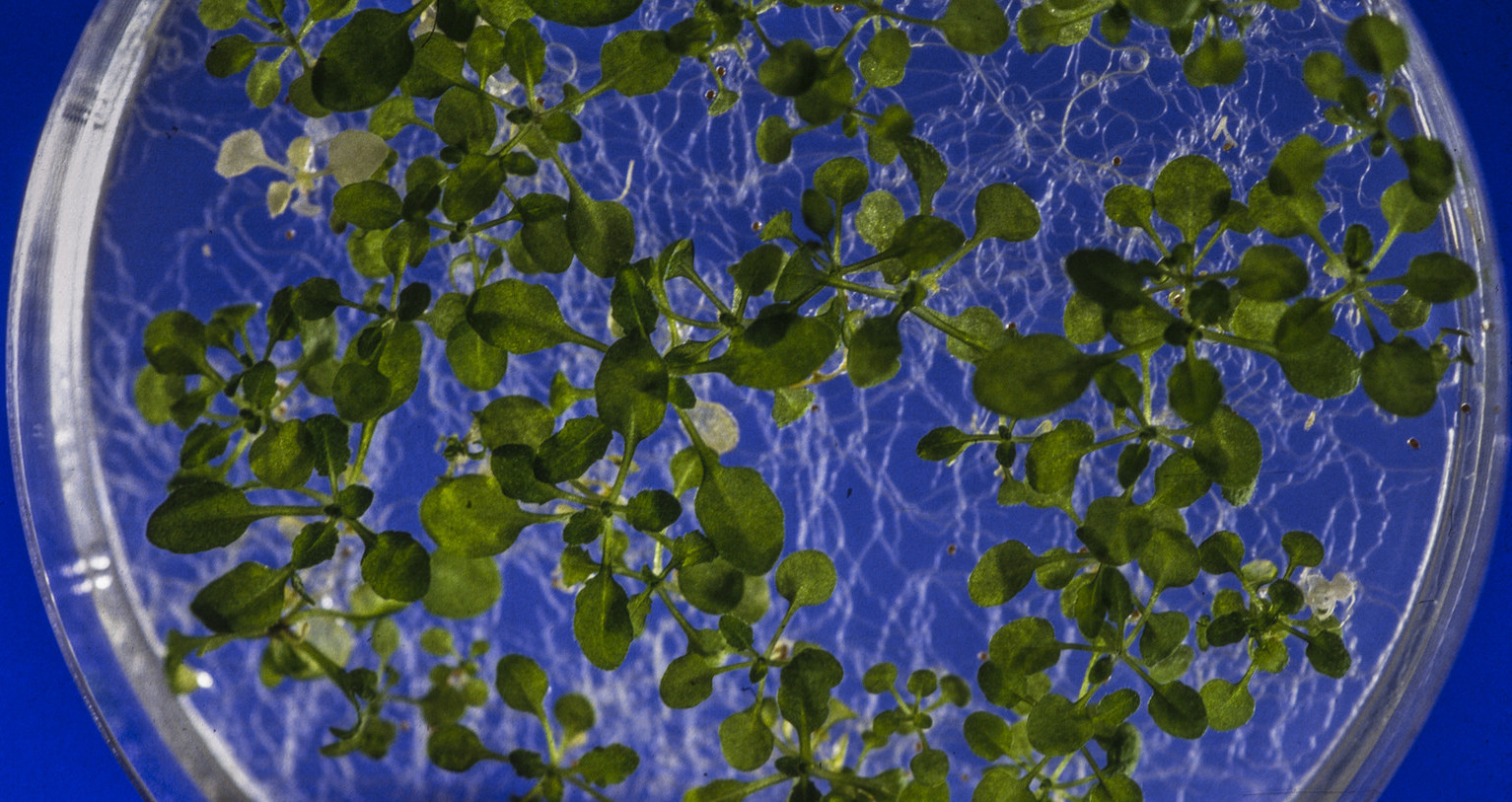We know that migration linked to climate change transcends species. As the oceans get warmer, fish are looking for cooler waters to call home. Diseases are spreading to regions previously inhospitable to them. And the United Nations estimates that at least 25 million people will be displaced by deteriorating environmental conditions by 2050.
Plants are on the move, too. As weather patterns shift, so do our botanical brethren—in their own way: dying in places where they are native, and thriving in places that were previously too harsh. That’s why corn farmers in Kansas are facing unprecedented crop failures, while farmers in Canada are now able to plant it. (On its website, the Canadian government notes that global warming will beget “opportunities” for more “profitable” agriculture.)
But how do plants know when it’s time to grow elsewhere?
The answer may lie in a recent discovery that reveals how they sense temperature.
Just as we humans use our eyes to see light, plants use proteins called “phytochromes” to sense it. Phytochromes are key to the story of plant migration because, as scientists recently found, they also detect warmth.
Plants react to information, like light or heat, in much the same way that all living things do: An input is received, and a response is sent back out. Send, receive, send, receive, like a botanical communication loop. It’s a process not unlike a telegraph system using Morse code.
Plants work the same way in a process called signaling. Think of phytochromes as the wires along which electric pulses are transmitted. Every plant has transcription factors, which are akin to the operator in my telegraph analog. They interpret nature’s dots and dashes and convert them into instructions for a plant: “GROW!” for instance.
But that leaves us with a missing link in the chain: The telegraph machine itself.
That’s where hemera comes in. Meng Chen, a professor of plant science at the University of California, Riverside, identified hemera in 2010. In Greek mythology, Hemera was the goddess of daylight, who unveiled the sun at dawn and bathed the world in light. In plants, hemera is the protein that connects the signals a plant receives and passes them down its chain of command—just like a telegraph machine.
Corn in the USA: Knowing which genes regulate growth in response to temperature is useful in helping scientists breed varieties less sensitive to heat
As I mentioned earlier, scientists recently discovered that phytochromes were sensitive not only to light, but to heat as well. It was a monumental discovery, and one of particular interest to Chen.
“We knew that hemera is required for light signaling,” he says. “But that triggered us to test whether hemera is required for temperature signaling.”
To find out, Chen and other researchers at his lab conducted experiments on mutations of the arabidopsis thaliana, a small flowering plant widely favored in plant research thanks to its short life span and simple genetic map.
First, they soaked seeds from the arabidopsis plant in a solution of ethyl methanesulfonate, an organic compound commonly used to produce mutations in genetic material. Next, they exposed the mutated plants to different temperatures between 21 degrees Celsius (70 degrees Fahrenheit) and 27 degrees Celsius (81 degrees Fahrenheit) in controlled chambers, looking for changes in height. As Chen discovered, mutated plants that were missing the hemera gene couldn’t grow. Chen’s findings were published in Nature Communications.
“We actually found that [hemera] is absolutely essential,” Chen says. “Without it, the mutants can not respond to temperature changes.”
Farmers plan the seeding and harvest of their crops on schedules determined by seasonal weather patterns. In the continental United States, climate change has extended the growing season and made weather patterns more extreme, leading to—among other effects—higher temperatures.
Since the climate isn’t going to get cooler, we may need varieties of crops that can withstand the increasing heat. It’s not as though farmers can just collectively pack up their operations and move them north when things get too toasty down here. Understanding hemera’s role in sensing and responding to temperature is crucial because it can point scientists in the direction of breeding crops that are less sensitive to heat.
After all, there are over a thousand varieties of the arabidopsis plant, all of which may have different forms of a hemera gene.
“We want to look at what varieties of hemera genes there are in nature, because that could actually modulate the activity in different ways,” Chen says. “We can essentially help to breed the type of crop that can adapt to new normal temperatures.”
There’s still a long way to go before we’re growing and eating global-warming-proof corn on the cob, though. For now, Chen’s lab is focusing on plants we’re not consuming every day. Up next? Moss.












